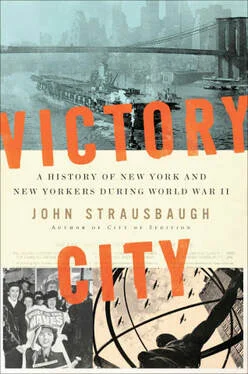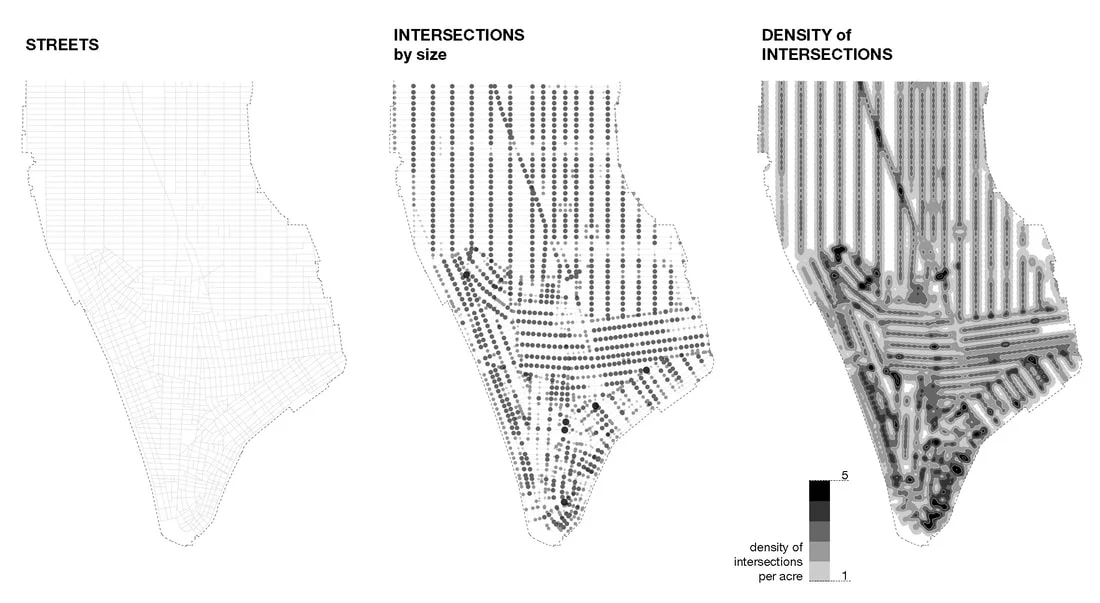Art's Great Good Place? Warhol's Silver Factory and Its Legacy
By Jeffrey Patrick Colgan
Andy Warhol is a famous artist. With his platinum blonde wig, cosmetic surgery, and cool gaze resting atop impossibly high cheekbones, his visage alone is known by almost every American. So too his art, with its repetition, immediacy, bold splotches of non-gradated color, and mass-culture subject matter. For many outside of the art world he alone represents 20th Century visual art. Within the art world, and the adjacent fields of art history and the philosophy of art, the biography and artistic output of Warhol—endlessly examined and discussed as it is—primarily repeats the same few narratives.
—
Andy Warhol—From A to B and Back Again, Whitney Museum of American Art
November 12th, 2018 - March 31st, 2019









